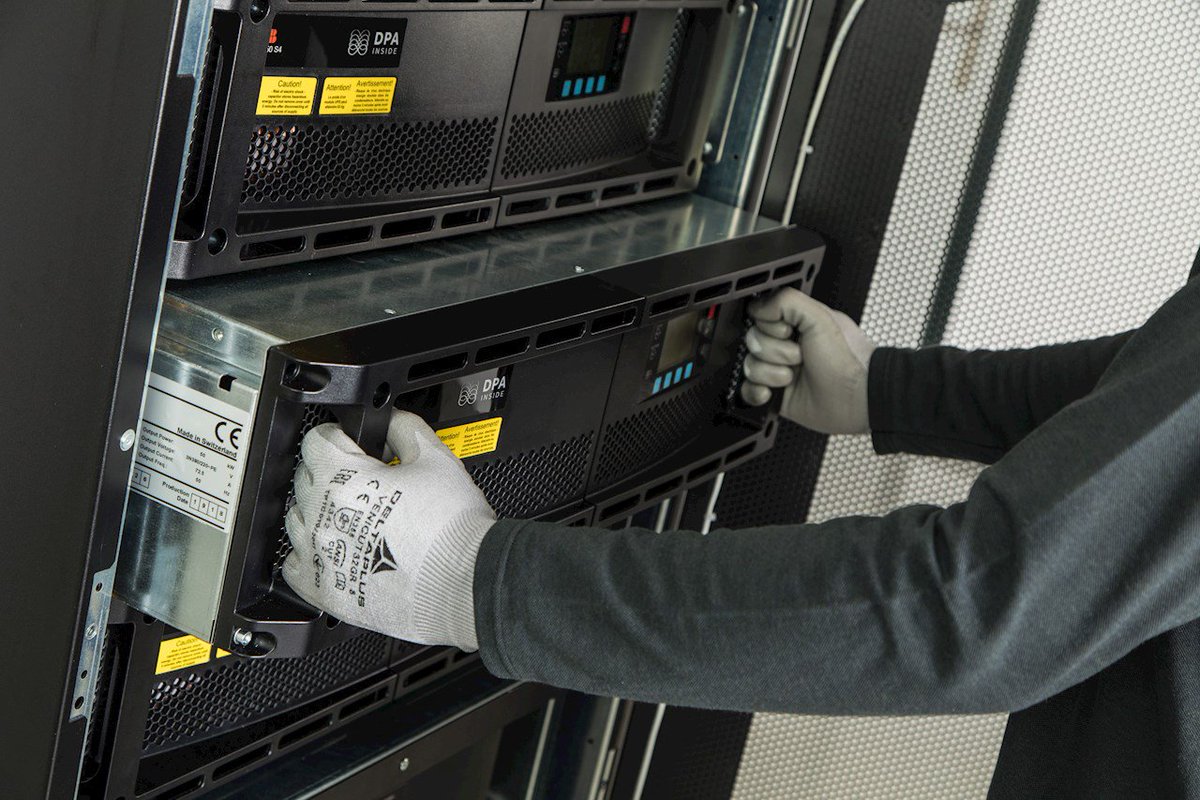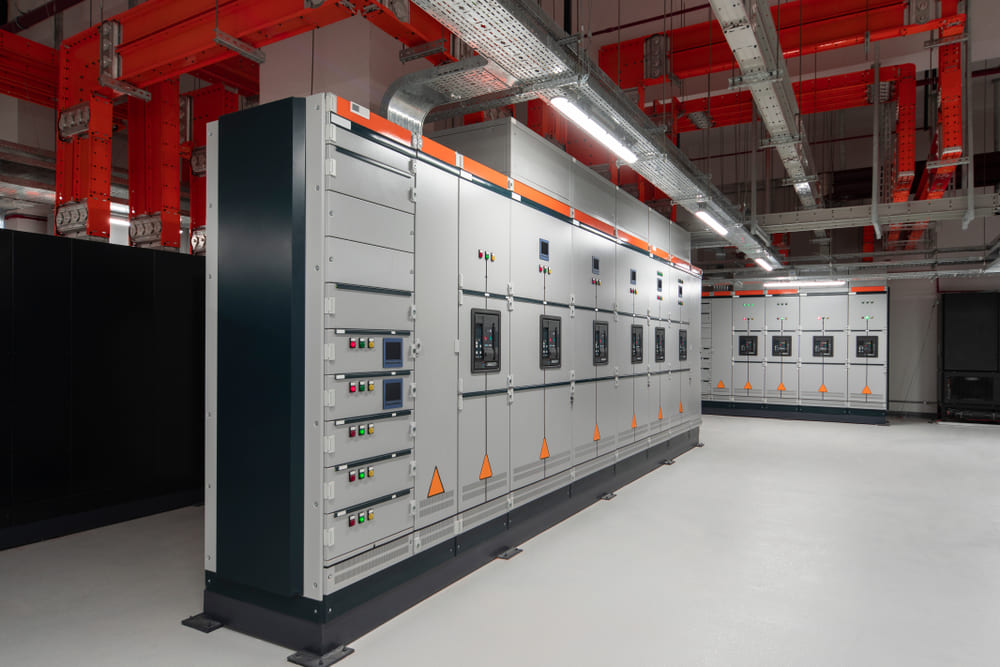Power disruptions can strike without warning, and when they do, they often bring operational chaos. For businesses reliant on uninterrupted operations, the consequences of power outages can be severe—ranging from halted production to data loss, damaged equipment, and a breakdown in services. Executives and managers increasingly face the critical decision of how to protect their businesses from these costly disruptions. A reliable Uninterruptible Power Supply (UPS) system offers a robust solution, acting as the backbone of power continuity in an organisation.
A UPS system ensures seamless power transfer during outages, surges, or fluctuations in voltage. By preventing downtime, safeguarding sensitive equipment, and maintaining operational stability, a well-designed UPS system becomes a long-term investment in business continuity, cost savings, and operational efficiency. This article explores the business case for investing in a high-quality UPS system, with technical insights into its operation and advantages.
What is a UPS System and How Does it Work?
At its core, a UPS system is an electrical device that provides backup power when the primary power source fails. It acts as a bridge between your power source and the systems that rely on it, ensuring that even during a blackout or surge, your critical infrastructure continues to operate without interruption.
UPS systems typically fall into three categories:
- Standby (Offline) UPS: Provides basic backup during power failures by switching to a battery when the primary power fails. While it’s suitable for small office setups, it’s not ideal for large enterprises that require more robust protection.
- Line-Interactive UPS: This type of UPS adjusts for minor power fluctuations without switching to battery power, making it more energy-efficient and suitable for larger networks and data centers.
- Double Conversion (Online) UPS: This system continuously converts incoming power to DC (Direct Current) and then back to AC (Alternating Current), ensuring a stable and clean power supply. It’s the best solution for highly sensitive environments such as data centers, hospitals, or manufacturing facilities where consistent, high-quality power is crucial.
A high-quality UPS system also protects against power surges and voltage spikes, regulating the flow of electricity to ensure smooth operations, even under duress. Beyond merely switching to battery power, modern UPS systems are designed with energy efficiency in mind, reducing power waste and optimising operational efficiency.

The Financial Impact of Downtime
The cost of downtime varies across industries, but it is universally expensive. Downtime can result in significant financial losses due to halted operations, missed deadlines, and disruptions in service delivery. For example, in data centers or manufacturing environments, where every minute of uptime is critical, even brief power outages can lead to losses in the thousands—or even millions—of dollars.
In addition to the direct financial costs, downtime can strain client relationships, disrupt supply chains, and erode customer confidence. For industries that rely on uninterrupted service—such as telecommunications, healthcare, and financial services—delayed services can have lasting reputational damage. The cost of downtime isn’t just about lost production or service; it’s also about lost trust and future business opportunities.
By investing in a reliable UPS system, businesses can mitigate these risks. A UPS system ensures that critical operations continue uninterrupted, protecting revenue streams and maintaining service levels. This minimises the financial impact of unexpected power outages and keeps business operations running smoothly.
Risk Mitigation and Asset Protection
Power outages and surges are not just inconvenient—they can be destructive. Sudden voltage spikes can cause irreparable damage to sensitive equipment, corrupt data, and even result in complete system failures. In industries such as healthcare, finance, or telecommunications, where critical systems depend on continuous power, these interruptions can have devastating consequences.
A reliable UPS system acts as a shield, protecting your infrastructure from the harmful effects of power fluctuations. By regulating voltage and providing immediate power during outages, a UPS system prevents damage to expensive IT equipment, servers, and other critical systems. This level of protection ensures the longevity of your infrastructure and reduces the frequency of costly repairs or replacements.
Additionally, modern UPS systems often feature advanced monitoring and management capabilities. This enables businesses to track power consumption, monitor system performance, and conduct preventive maintenance to further protect their assets. Investing in a UPS system thus serves as a cost-effective insurance policy, reducing operational risk and ensuring the reliability of your equipment.
Long-Term Operational Efficiency
Modern UPS systems aren’t just designed to keep the lights on during a blackout—they’re built to enhance overall operational efficiency. A UPS system contributes to better power management by ensuring that power is delivered in a stable, consistent manner. This helps prevent the inefficiencies that arise from poor power quality, such as excessive energy consumption or equipment strain.
UPS systems also contribute to overall energy efficiency through features such as Eco Mode or Economy Mode, which allows the system to operate at a reduced energy state during normal conditions while remaining ready to provide full power backup when necessary. This reduces energy consumption during regular operations, contributing to long-term cost savings.
Modular UPS systems further add to efficiency by allowing businesses to scale their power protection as needed. Rather than investing in a large, fixed-capacity system that may be underutilised, businesses can opt for a modular solution that grows with their needs. This not only enhances flexibility but also reduces unnecessary energy usage, as the UPS operates more efficiently when tailored to the actual load requirements.
Additionally, investing in a high-quality UPS system can improve the lifespan of other equipment. By providing stable, clean power, a UPS helps reduce wear and tear on sensitive electronic components, resulting in fewer breakdowns and lower maintenance costs over time.

Scalability and Future-Proofing
As businesses grow, their power needs evolve. One of the key benefits of modern UPS systems is their scalability. Modular UPS solutions allow businesses to add capacity as needed, ensuring that the power protection system grows alongside the organisation. This is particularly important for businesses operating in sectors with high growth potential or fluctuating demand, such as IT, telecommunications, or large-scale manufacturing.
The ability to scale a UPS system without overhauling the entire infrastructure provides flexibility and future-proofing. A business can start with a smaller, more cost-effective solution and expand as operations grow, ensuring continued protection and efficiency without needing to reinvest in a completely new system.
Conclusion
The case for investing in a reliable UPS system is clear. For executives and managers responsible for business continuity, the ability to protect critical infrastructure, reduce downtime, and maintain operational efficiency is paramount. A high-quality UPS system offers not only immediate protection against power disruptions but also long-term benefits in terms of asset protection, energy efficiency, and scalability.
By preventing downtime, safeguarding equipment, and enhancing operational efficiency, a reliable UPS system becomes an essential investment for any business looking to mitigate risk and ensure continuity. The right UPS system is not just a safeguard—it’s a strategic asset that pays for itself in terms of reduced operational costs, greater efficiency, and long-term reliability.